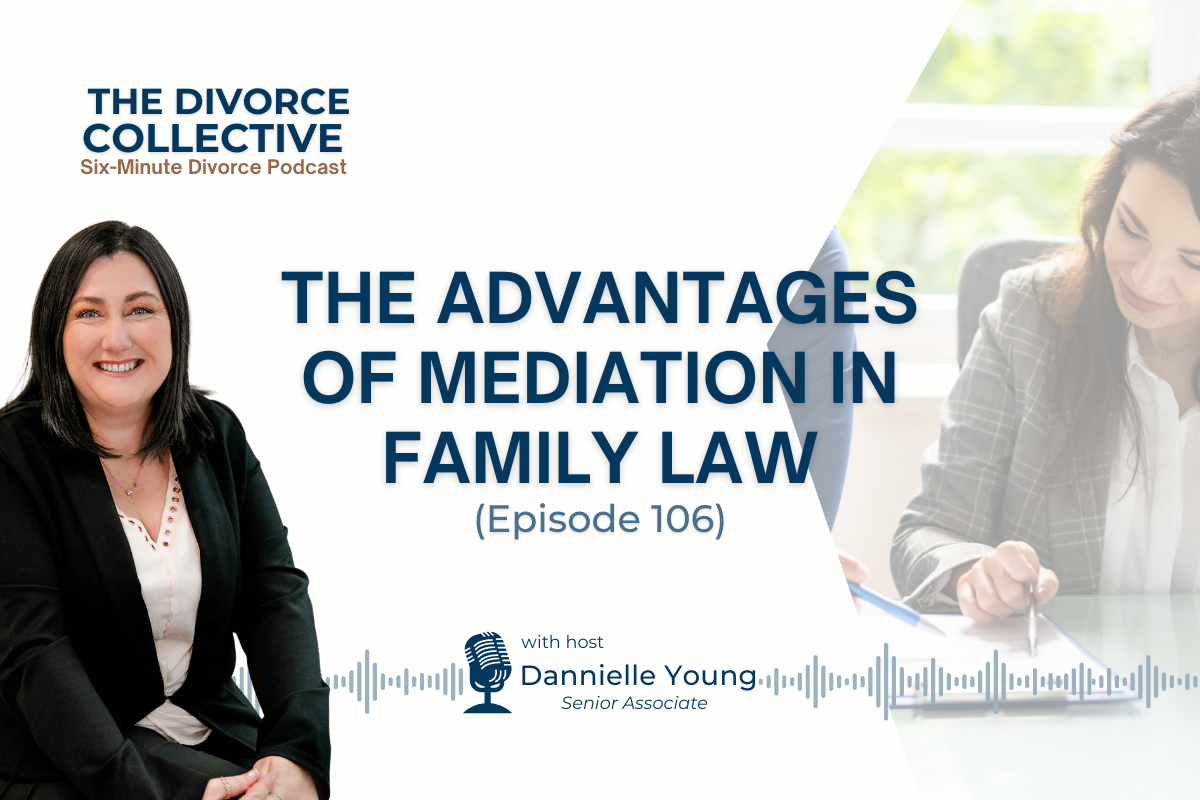Building upon the insightful perspectives shared by Senior Associate Dannielle Young in our recent podcast – Tenants in Common v Joint Tenants. We continue to unravel the complexities of property ownership in the context of relationship breakdowns. This follow-up article delves deeper into the intricacies of Tenants in Common and Joint Tenants, specifically focusing on how these ownership types influence the property division process during separations and divorces. Join us as we further explore these key concepts, offering clarity and guidance for those navigating through these often challenging waters.
The terms ‘Tenants in Common’ and ‘Joint Tenants’ play pivotal roles, particularly when navigating the choppy waters of relationship breakdowns. At Collective Family Law Group, we understand the complexities these ownership structures can bring to the table during property division in separations and divorces. This comprehensive guide will delve into how these forms of property ownership impact the division process and what you need to consider for a fair resolution.
Understanding Tenants in Common and Joint Tenants
Before we explore their impact on property division, it’s crucial to understand what each term means:
Tenants in Common
- Individual Ownership: Each party owns a specified share, which can be unequal.
- Separate Interests: Owners have the right to dispose of their shares independently.
- No Survivorship Rights: Ownership does not automatically pass to the other owner(s) upon death.
Joint Tenants
- Equal Ownership: Parties own the property equally.
- Right of Survivorship: Upon the death of one owner, their share automatically passes to the remaining owner(s).
The Impact on Property Division During Separation
Tenants in Common
In a separation or divorce, property owned as Tenants in Common allows for more straightforward division, reflecting each party’s share. This type of ownership is often favoured in situations where parties want to maintain distinct financial interests, such as in second marriages or investment properties.
Joint Tenants
The division of property held as Joint Tenants can be more complex in a separation. The right of survivorship complicates matters, especially if one party wishes to retain the property. Often, a legal process known as ‘severance of joint tenancy’ is required to divide the property equitably.
Navigating Property Division
Legal Considerations
Understanding your legal rights and obligations is crucial. A family law consultation free of charge with Collective Family Law Group can provide valuable insights into how your property ownership type affects your legal position in a property settlement.
Financial Implications
The financial implications of property division vary significantly between Tenants in Common and Joint Tenants. It’s essential to consider factors such as mortgage liabilities, property valuation, and potential capital gains tax.
Emotional Factors
Property division can be emotionally charged, particularly when a family home is involved. Maintaining objectivity and seeking professional advice can help in making decisions that are financially prudent and emotionally sustainable.
Seeking Professional Guidance
At Collective Family Law Group, we recommend seeking professional legal advice to navigate property division. A family law consultation free of charge can provide a clear understanding of your rights and options, helping you make informed decisions. Book here.
In conclusion, whether you’re a Tenant in Common or a Joint Tenant, the impact on property division in a relationship breakdown is significant. Understanding the nuances of each can help ensure a fair and equitable settlement. At Collective Family Law Group, we’re here to guide you through every step of this journey.
FAQs:
-
Can I change from Joint Tenants to Tenants in Common post-separation?
Yes, parties can change the type of property ownership through a legal process, which can be crucial for equitable property division in separation.
-
How does property division work for Tenants in Common in a divorce?
Property division for Tenants in Common typically reflects each party’s ownership percentage, but factors like contributions and future needs are also considered.
-
Is it necessary to sell the property in a divorce for Joint Tenants?
Not necessarily. Options like one party buying out the other’s share or converting to Tenants in Common to sell individual shares are possible.
Disclaimer: This article is for informational purposes only and does not constitute legal advice. For specific guidance, schedule a family law consultation free of charge with Collective Family Law Group.





